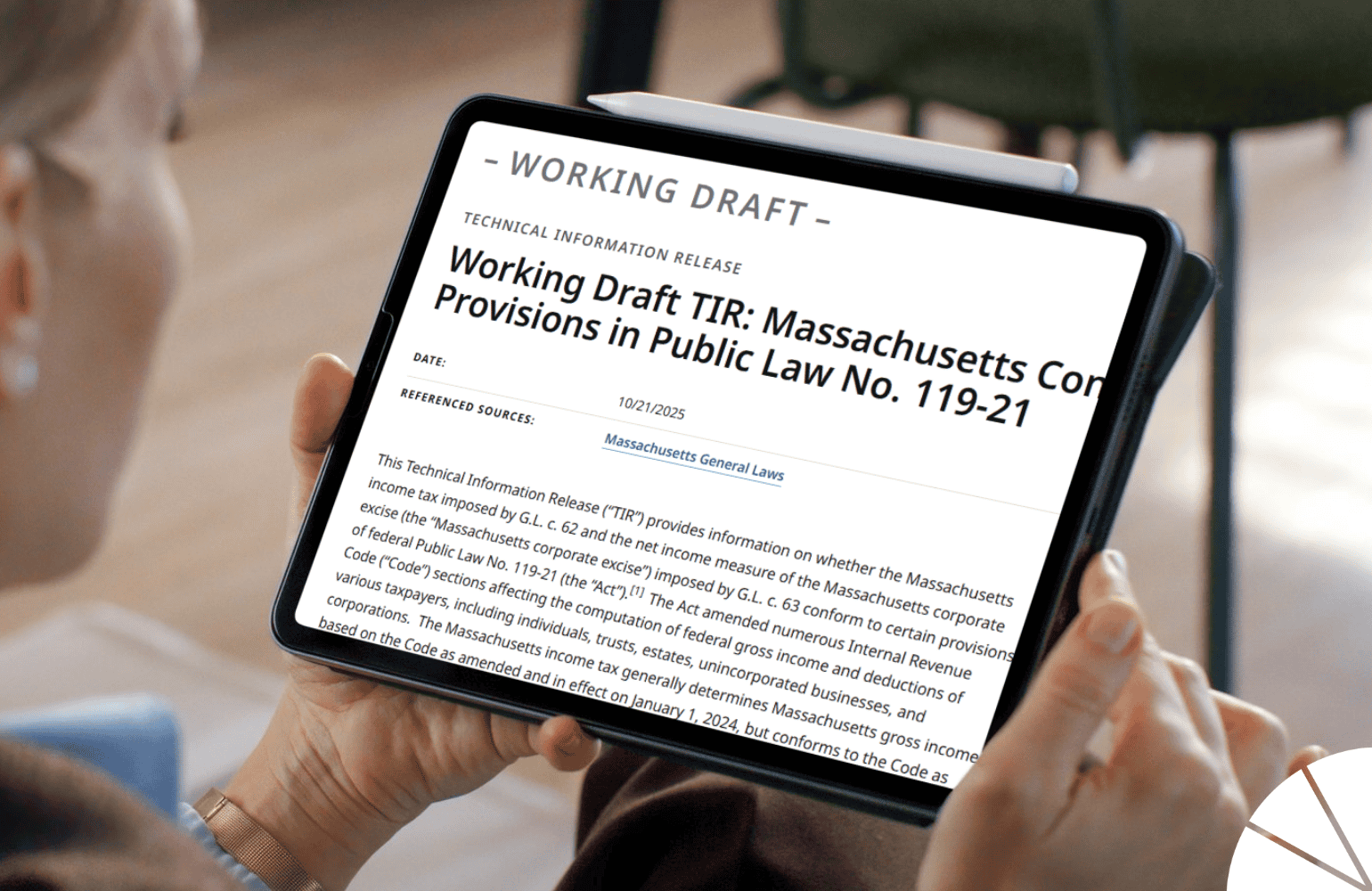Trusts can be powerful estate planning tools. The tax consequences for you and your beneficiaries depend on the way your trust is set up, either as a grantor trust or a non-grantor trust. When you establish a trust by way of gift or grant, you become the trust’s grantor. While grantor trusts are more common and generally more tax-friendly, non-grantor trusts are useful under certain circumstances.
Grantor Trusts
Revocable living trusts, spousal access trusts (SLAT), grantor retained annuity trusts (GRAT), defective grantor trusts (IDGT or DIGIT), dynasty trusts, and most irrevocable life insurance trusts (ILITs) are grantor trusts. In this case, the grantor retains certain powers over the trust and pays income tax on the trust assets. Several powers can cause a trust to be a grantor trust; however, a grantor only needs one of these powers to be a grantor trust. Some of the most common powers include:
- Power to revoke the trust
- Power to make distributions of trust income to the grantor or their spouse
- Power to change trust assets
- Power to change trust beneficiaries
- Power to substitute assets or borrow from the trust without adequate security
Because a grantor trust is considered a disregarded entity for income tax purposes, there is no separate tax return for the grantor trust. The grantor trust’s income is taxable to the grantor. While the IRS permits the use of the grantor’s Social Security Number (SSN) for grantor trusts, many grantors request a separate Tax Identification Number (TIN) for privacy or other reasons. However, the trust will need to apply for its own TIN upon the death of the grantor(s), at which time the trust will become a non-grantor trust.
As the grantor, you can sell assets to the trust without recognizing the gain on the sale. In addition, you can also loan money to the trust. While the trust must pay you at least a minimum interest rate set by the IRS, you’re not subject to tax on interest income. The trust’s income tax is not considered an additional gift to the trust. Essentially, it’s a tax-free gift, as the trust assets can grow to benefit the beneficiaries without burdening them with paying income tax.
Non-Grantor Trusts
Any trust that is not a grantor trust is considered a non-grantor trust. In this case, the person who set up the trust has no rights, interests, or powers over trust assets. Because they are taxed as a separate entity, non-grantor trusts are required to have their own TIN. The trustee must file Form 1041, and the non-grantor trust must pay taxes on income received. Transactions between the grantor and the trust are also recognized for income tax purposes. For example, if property in the trust has appreciated in value, the trust will have to pay tax on the gain if the grantor purchases the property for fair market value.
For non-grantor trusts, taxation is based on a steep income tax bracket structure. While an individual taxpayer would pay the top federal tax rate of 37% after reaching the top federal tax bracket on income over $523,600 ($628,300 if married filing jointly), a non-grantor trust reaches the same top rate on amounts over $13,451.
For 2022, a net investment income (NII) tax of 3.8% also applies to the lesser of the trust’s undistributed NII or the amount of adjusted gross income (AGI) exceeding $13,451. For this purpose, NII includes interest and dividend income, capital gains, and passive income from rental and business activities and pass-through entities. In some cases, individual beneficiaries may be eligible for lower tax brackets by distributing qualified income from the trust.
When a non-grantor trust makes a distribution to a beneficiary, the taxable ordinary income is passed to the beneficiary and taxed on their personal income tax return. When the trustee completes Form 1041, a Schedule K-1 must be issued to the beneficiary, showing the amount and type of trust income for the beneficiary to include on their individual tax return. At this point, the trust takes a distribution deduction on its return.
Non-grantor trusts create separation between the grantor and the beneficiaries. You can achieve estate planning goals without paying income tax on that trust in the future.
Contact LGA
Estate planning is multi-faceted, and tax planning and compliance for trusts can be complex. LGA’s Individual & Family Tax Team is here to help families like yours create strategies that will help you achieve financial and estate planning goals. I collaborate with other professional advisors and work with clients across family members and generations to guide them through the trust and estate tax process. Contact me to learn more.
by Marci Cohen, EA






